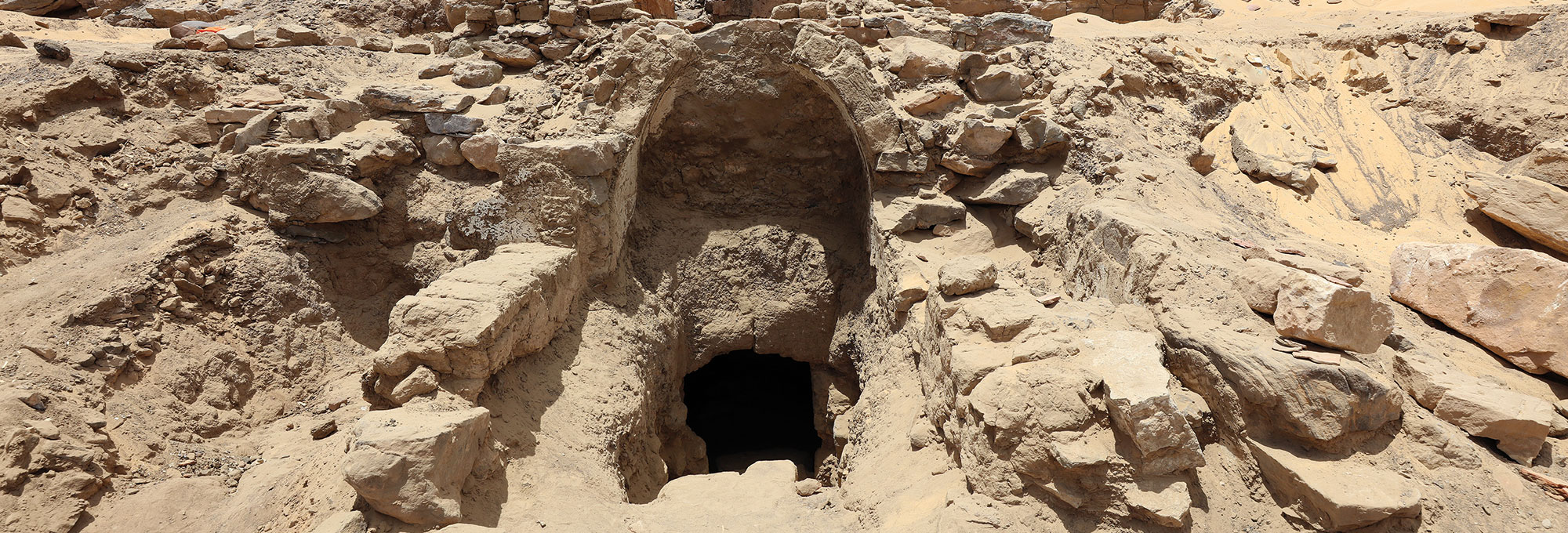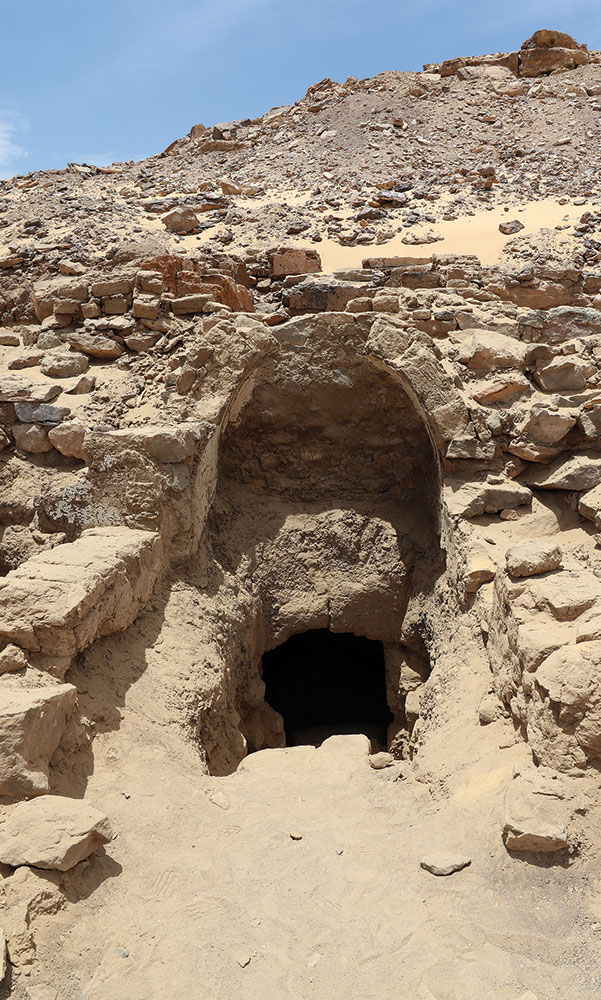RAMAT GAN, ISRAEL—Paleolithic hunter-gatherers living in northern Israel’s Hula Valley ate a diet rich in nuts, tubers, and starchy roots, according to a statement released by Bar-Ilan University. Traces of 780,000-year-old starches were detected on basalt tools unearthed on the shores of Hula Lake by Hadar Ahituv of Bar-Ilan University and Haifa University and his colleagues. The carbohydrates in these foods would have provided energy required by the early human brain, he explained. The study determined that the tools were used to prepare acorns, cereals, legumes, and aquatic plants such as yellow water lily and water chestnut. “We now understand that early hominids gathered a wide variety of plants year-round, which they processed using tools made from basalt,” he explained. The diversity of the plants in the diet and the use of tools to prepare them also reflect a high level of cooperation, social structure, and knowledge of aquatic and terrestrial environments, Ahituv added. To read about Paleolithic artists who made engravings and paintings deep inside a Spanish cave, go to "Paleo Palette."
Hominins in Israel Processed a Wide Variety of Plants
News January 7, 2025
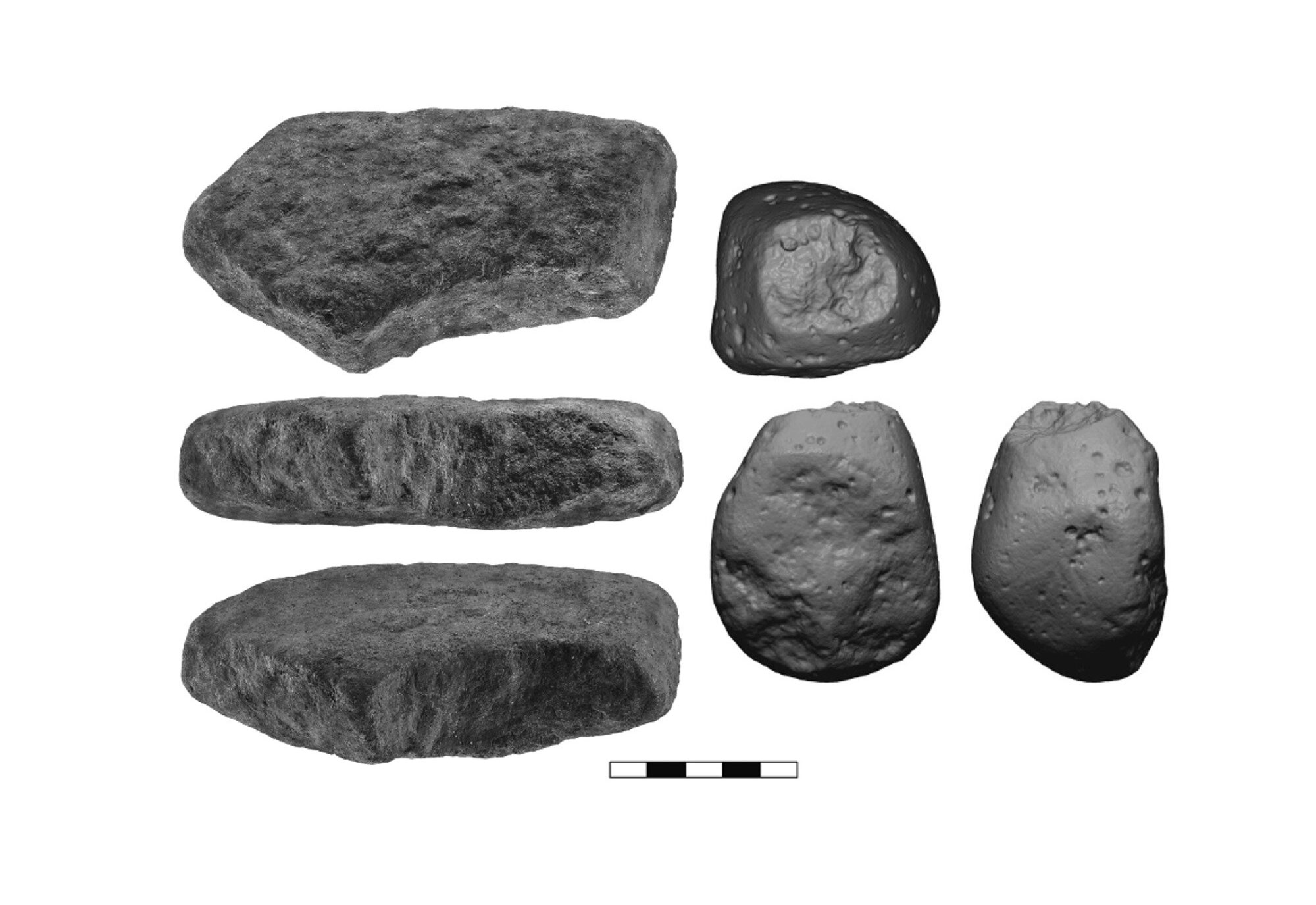
Recommended Articles
Digs & Discoveries May/June 2025
Byzantine Boomtown

Letter from the Levant March/April 2025
On the Origin of the Pork Taboo
Exploring ancient people’s shifting beliefs about rearing and eating pigs
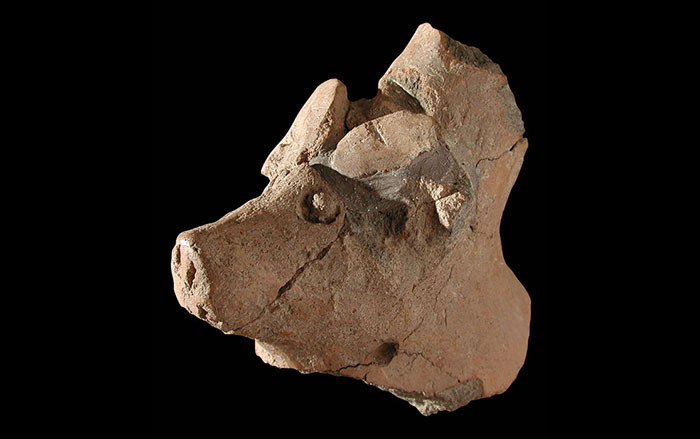
Digs & Discoveries November/December 2024
Secrets of a Silver Hoard
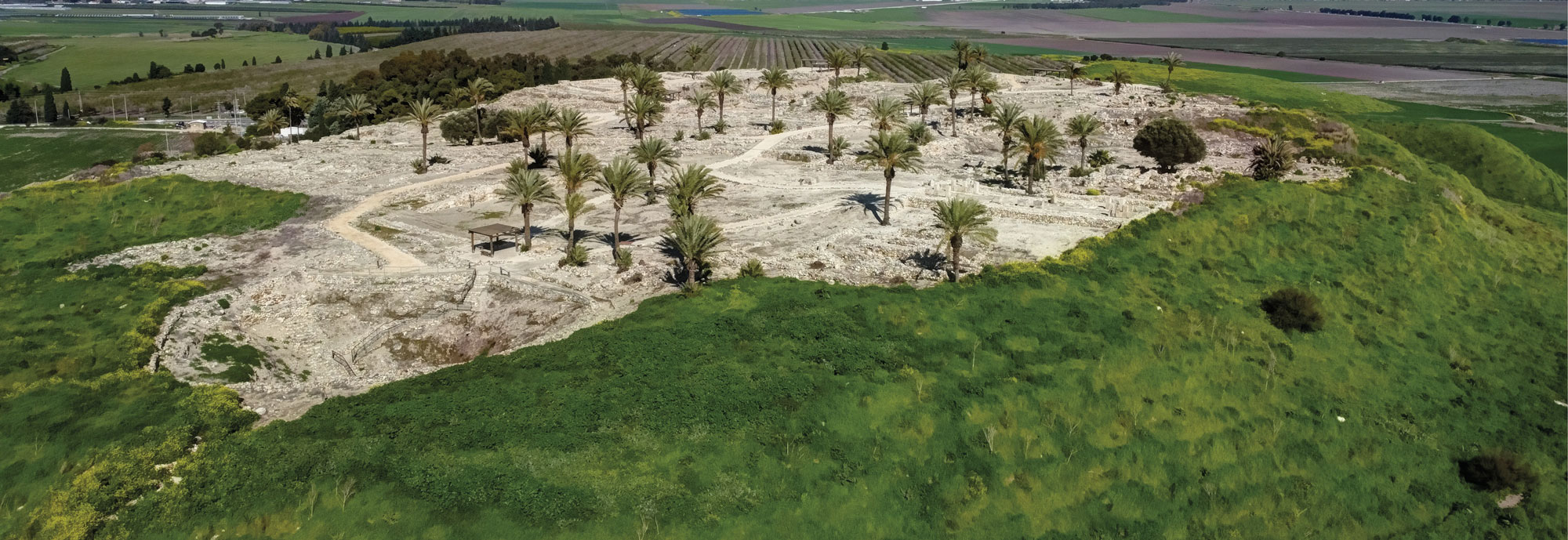
Digs & Discoveries September/October 2023
Sunken Cargo

-
Features January/February 2025
Dancing Days of the Maya
In the mountains of Guatemala, murals depict elaborate performances combining Catholic and Indigenous traditions
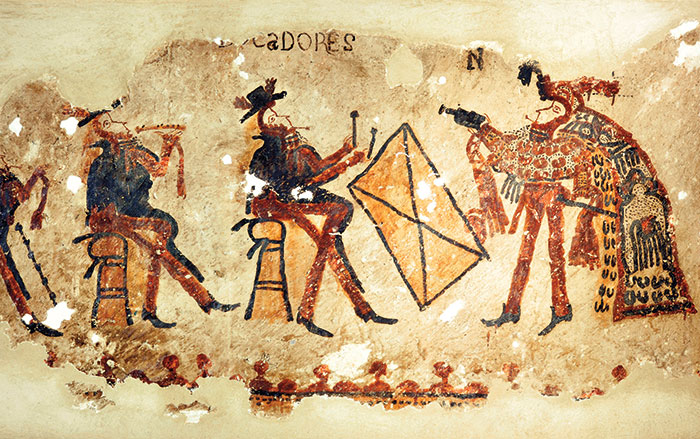 Photograph by R. Słaboński
Photograph by R. Słaboński -
Digs & Discoveries January/February 2025
Bad Moon Rising
 Erich Lessing/Art Resource, NY
Erich Lessing/Art Resource, NY -
Digs & Discoveries January/February 2025
100-Foot Enigma
 George E. Koronaios/Wikimedia Commons
George E. Koronaios/Wikimedia Commons -
Digs & Discoveries January/February 2025
Colonial Companions
 NadiaPera/AdobeStock
NadiaPera/AdobeStock


